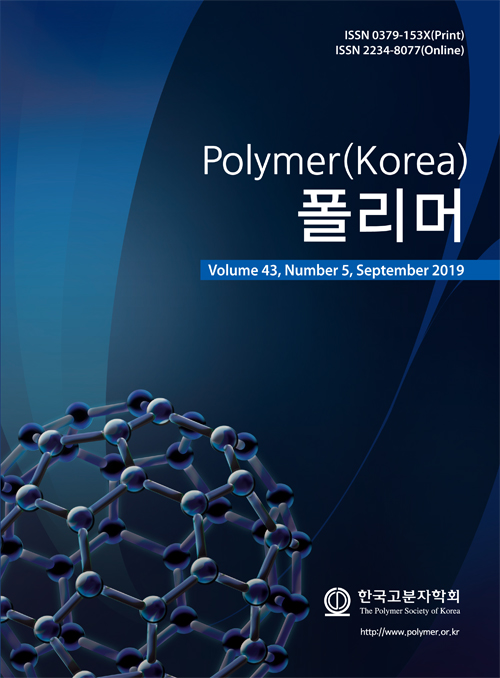- Non-isothermal Simulation of a Two-lumen Catheter Tubing Extrusion for a Die Design
Department of Mechanical System Design Engineering, Seoul National University of Science and Technology, 232 Gongneung-ro, Nowon-gu, Seoul 01811, Korea
- 다이 설계에 따른 2-루멘 카테터 튜빙 압출의 비등온 해석
서울과학기술대학교 기계시스템디자인공학과
Catheter tubing is
manufactured by an extrusion process. In this study, two types of extrusion
dies that were used in catheter tubing extrusion were compared through
non-isothermal computer simulation. The two types of dies were a straight die
and a crosshead die. The straight die is attached to the extruder in the same
line while the crosshead die is attached to the extruder at a right angle. The
pressure distribution, velocity distribution, temperature distribution, and
shear stress distribution in the two types of dies were analyzed and compared
through computer simulation. Flow characteristics and temperature stabilities
were examined and subsequently the adequacy of extruders for the two dies was
discussed. The straight die had the advantage of a smooth and balanced flow,
while the crosshead die had the advantage of a low shear stress generation that
influenced the tubing quality
카테터 튜빙은 압출공정으로 제작된다. 본 연구에서는 카테터
튜빙 제작에 사용되는 두 형태의 압출다이에 대해서 비등온 해석으로 비교하였다. 해석에 사용된 다이는 스트레이트 다이(straight die)와
크로스헤드 다이(crosshead die)이며, 스트레이트
다이는 압출기와 동일한 방향으로 장착되고 크로스헤드 다이는 압출기와 수직으로 장착된다. 두 다이에서
수지가 흐르는 유동통로에 대해서 분석하였다. 그리고 컴퓨터 해석을 통하여 두 종류의 다이에서 압력분포, 속도분포, 온도분포, 그리고
전단응력분포 등을 비교 분석하였다. 이러한 분석을 통해 내부 구조가 다른 두 다이에서 흐름과 온도의
안정성을 검토하였고 두 다이에 적절한 압출기에 대해서도 논의하였다. 다이내 수지의 원활한 유동측면에는
스트레이트 다이가 유리하고, 카테터 튜빙의 품질에 영향을 주는 다이 내 전단응력 발생 측면에서는 크로스헤드
다이가 유리하게 나타났다.
Keywords: non-isothermal simulation, catheter tubing, extrusion die, straight die, crosshead die
- Polymer(Korea) 폴리머
- Frequency : Bimonthly(odd)
ISSN 0379-153X(Print)
ISSN 2234-8077(Online)
Abbr. Polym. Korea - 2023 Impact Factor : 0.4
- Indexed in SCIE
 This Article
This Article
-
2019; 43(6): 889-898
Published online Nov 25, 2019
- 10.7317/pk.2019.43.6.889
- Received on Jul 11, 2019
- Revised on Sep 19, 2019
- Accepted on Sep 24, 2019
 Correspondence to
Correspondence to
- Min-Young Lyu
-
Department of Mechanical System Design Engineering, Seoul National University of Science and Technology, 232 Gongneung-ro, Nowon-gu, Seoul 01811, Korea
- E-mail: mylyu@seoultech.ac.kr










 Copyright(c) The Polymer Society of Korea. All right reserved.
Copyright(c) The Polymer Society of Korea. All right reserved.